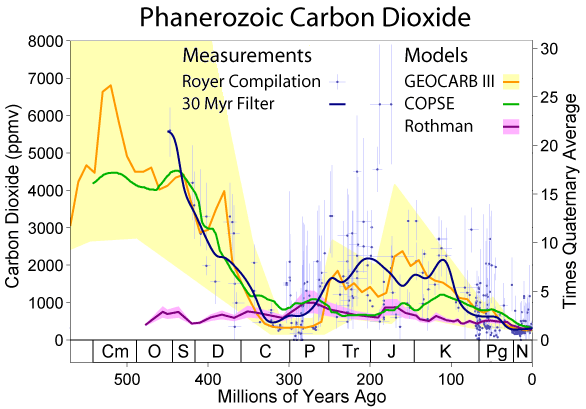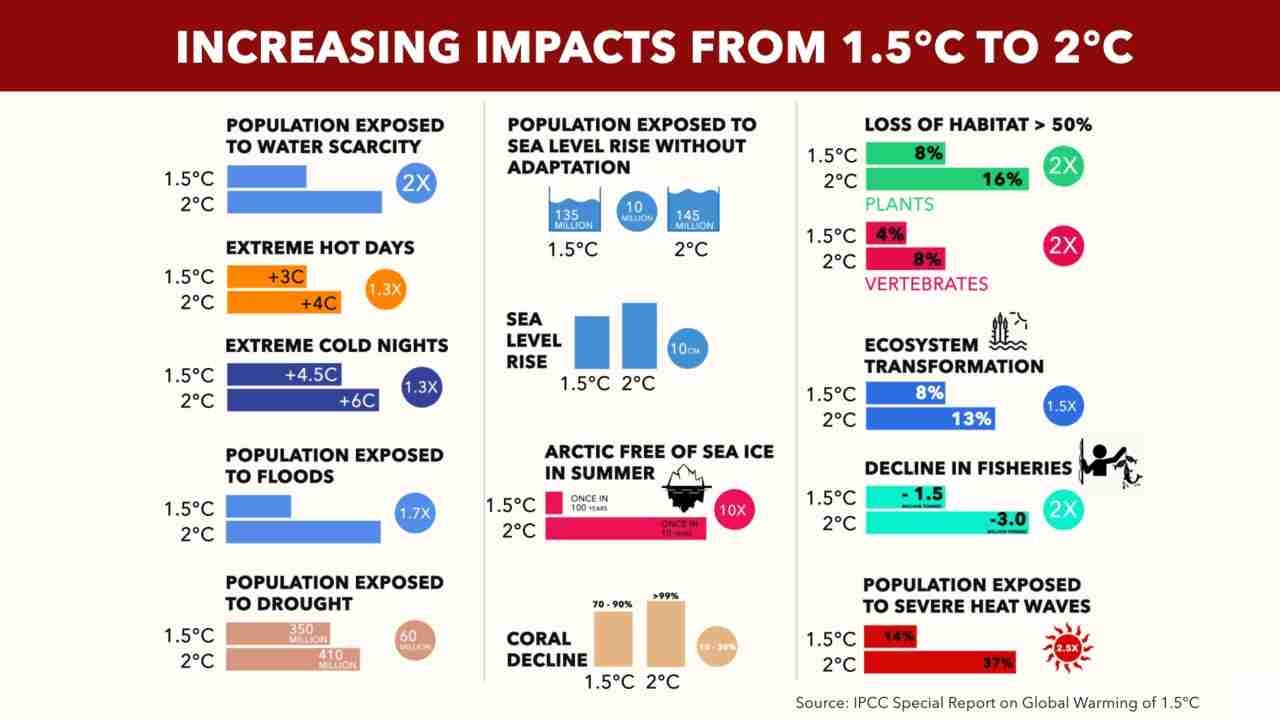Beyond the Tipping Point...
The Myth of Scientific Precision and the Reality of Government Control Through Scientism.
Scientific thresholds…
In recent years, scientific thresholds like the 2°C global warming target and the 6-foot social distancing guideline have become focal points in public policy and discourse. These thresholds, often presented as absolute truths, have become the foundation for stringent environmental regulations and public health measures. However, upon closer examination, one discovers that the notion of scientific thresholds is a flawed construct, a product of scientism, and a tool for government control.
Scientism…
Scientism, the notion of treating scientific knowledge as the sole arbiter of truth and dismissing other forms of knowledge, is not a new phenomenon. Throughout history, governments and individuals have exploited scientific uncertainty to advance their agendas, often at the expense of individual liberties and economic prosperity. The current fixation on climate thresholds bears striking similarities to past instances of scientism, where scientific principles were distorted to serve political ends.
Eugenics, a pseudoscientific ideology that advocated for selective breeding to improve the human population, provides a stark example of scientism's harmful consequences. In the early 20th century, eugenics gained widespread acceptance, influencing government policies and societal attitudes. Proponents of eugenics used flawed scientific justifications to promote discriminatory practices, including forced sterilization, segregation, and even genocide.
Climate scientism…
A prime example of this flawed thinking is the often-cited 1.5° & 2°C global warming limits. Proponents of these thresholds assert that exceeding them will unleash a cascade of irreversible climate catastrophes. However, this simplistic narrative ignores the complex interplay between global temperature, regional climate patterns, and the resilience of natural systems. The Earth has experienced periods of warmer temperatures and higher atmospheric GHG concentrations in the past without experiencing the apocalyptic scenarios often predicted by climate alarmists.

The 1.5° & 2°C thresholds emerged from the Intergovernmental Panel on Climate Change (IPCC), as a benchmark to avert catastrophic climate change. This figure, however, is not a precise point at which specific catastrophic events are guaranteed to occur; rather, it represents a compromise, a political consensus forged amidst scientific uncertainty. Although the IPCC suggests that even 1.5°C poses significant risks, others contend that the complexities of climate systems cannot be distilled into a single global figure. These thresholds, therefore, are a product of both scientific risk assessment and a degree of arbitrariness, serving as a policy tool to galvanize international action.
Keep reading with a 7-day free trial
Subscribe to Irrational Fear to keep reading this post and get 7 days of free access to the full post archives.





